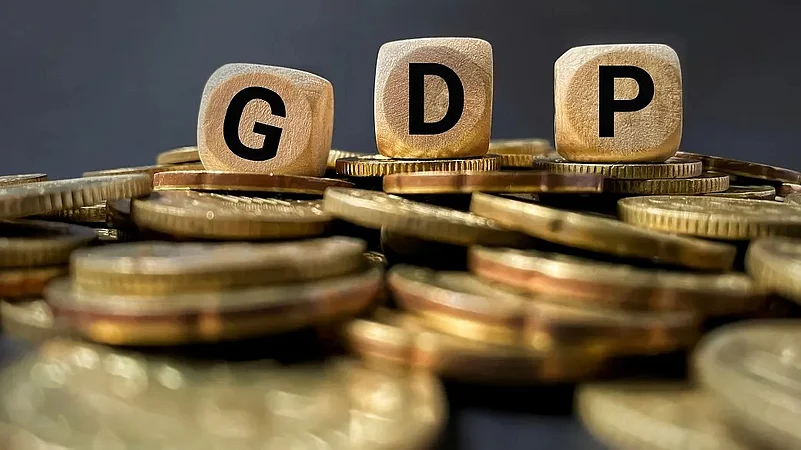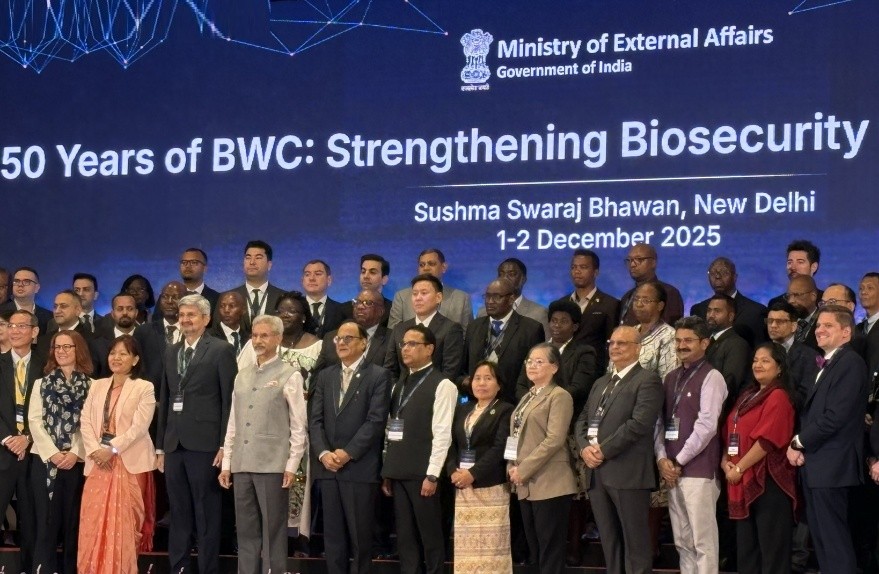Kenya’s Eco Levy: A Controversial Environmental Initiative
Context :
Recently, Kenya’s proposed Eco Levy in the Finance Bill 2024 aims to enhance environmental stewardship by taxing plastics and electronic devices, sparking debate over its benefits for sustainability and concerns about economic impacts.
More On News :
Unlike previous corporate-focused initiatives, this levy targets micro-pollution and waste management at both household and office levels.

Key Elements of the Eco Levy Proposal:
- Targeted Products and Tax Rates:
- The Eco Levy proposes significant charges on products such as plastic packaging (Ksh150/kg), diapers (Ksh98/unit), and electronic devices like smartphones (Ksh225/unit).
- These charges are designed to discourage their use and encourage recycling and responsible disposal practices.
- Extended Producer Responsibility (EPR) Integration:
- The levy complements existing EPR regulations by holding manufacturers accountable for the entire lifecycle of their products.
- EPR mandates include establishing post-consumer collection schemes and promoting product designs that facilitate recycling and reuse.
Arguments in Favour of the Eco Levy:
- Environmental Benefits: Supporters, including environmentalists and the Ministry of Environment, argue the Eco Levy is essential to reduce pollution and health risks from improper waste disposal. It promotes responsible waste management practices.
- Funding Mechanism: The levy generates funds for waste management and environmental initiatives, crucial due to strain on public resources from pollution-related health issues.
- Comparative Taxation: Advocates highlight higher proposed rates (e.g., Ksh150/kg for plastic packaging) compared to existing Extended Producer Responsibility (EPR) fees. This aims to align costs with environmental impacts and encourage sustainable practices.
- Global Influence: Examples from Barbados, Germany, and Ghana suggest Kenya’s Eco Levy could set a precedent for African nations and contribute to regional environmental policies.
Arguments Against the Eco Levy:
- Economic Impact on Consumers: Critics, like the Kenya Association of Manufacturers (KAM), fear higher prices for essential items will disproportionately affect low-income families, hindering poverty alleviation efforts.
- Job Losses: Manufacturers argue increased costs could reduce competitiveness in regional markets (e.g., EAC, AfCFTA), potentially leading to job losses, especially in sectors relying on plastics and electronics.
- Double Taxation: Companies like Coca-Cola criticise the Eco Levy as double taxation, adding financial burdens beyond existing EPR fees and potentially discouraging investment in sustainability.
- Impact on Circular Economy Goals: Critics suggest the Eco Levy might hinder recycling and reuse efforts if increased costs outweigh benefits, thereby conflicting with circular economy objectives.
Conclusion
- In conclusion, Kenya’s Eco Levy is a significant step towards environmental sustainability and funding for waste management. However, it faces strong opposition due to economic concerns and perceived regulatory burdens on industries.
- Balancing these interests is crucial for effective policy implementation that achieves environmental goals while maintaining economic stability.implementation that addresses both environmental and economic impacts effectively.
Environment Tax : Environment taxes are fiscal measures to internalise the external costs of activities causing environmental harm. They discourage harmful practices like deforestation and coal consumption while funding environmental protection efforts. Environmental Taxes in India



